What is the guide on a Trend router bit? |
||||
 |
||||
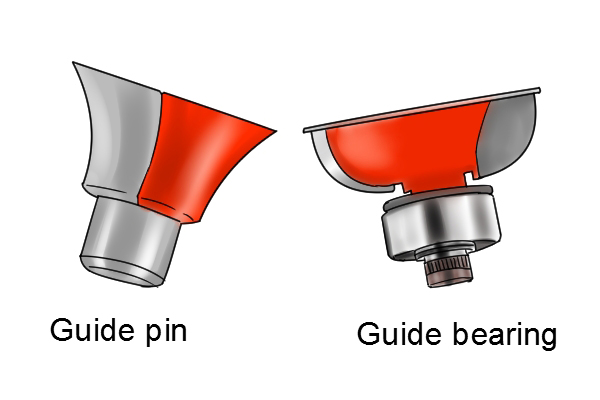 |
Some router bits have a guide attached to their body, which allows you to cut to a consistent depth along the edge of a material, without the aid of other guides or jigs. This will be either a guide pin or a guide bearing.
A 'jig' is a term used to refer to a number of power tool templates designed to help the user in making specific cuts. Various jigs are available, including ones for creating dovetail joints, inlays, and draining grooves. |
|||
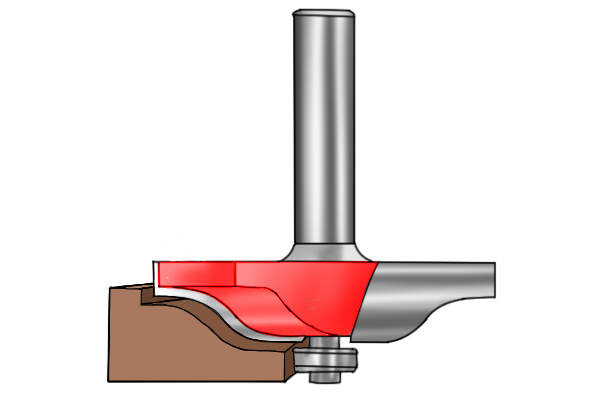 |
The guide serves to limit the cutting depth of the router bit. When working, it rides along the edge of the material, keeping the cutting edges of the bit at a consistent depth throughout the cut.
If your router bit doesn't have a guide, you will need to use a jig of some kind to control the cutting depth. |
|||
Router cutters with tip-mounted guides |
||||
 |
These types of guide are an integrated part of a router cutter. They can come in the form of a pin guide (a solid piece of metal shaped onto the end of the cutter) or a bearing guide (attached to the end of the cutter with a nut so it can be replaced). Tip-mounted guides can be used for edging work on materials. |
|||
Router cutters with shank-mounted guides |
||||
 |
Shank-mounted ball bearing guides are used in hand-held routers in conjunction with templates for plunge routing - a process where the router bit cuts down into the material tip-first and is then used to create a shape before being removed. They can also be used with router tables where a fence is not used. This may happen if the workpiece you are using has curved edges or you are intending to make a shaped cut. |
|||
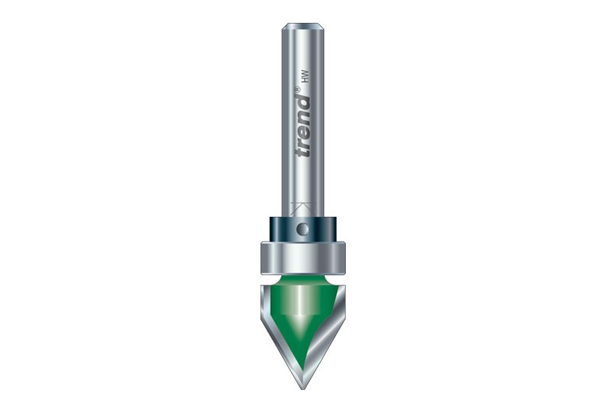 |
Many cutters with shank-mounted guides are designed for producing grooves in the surface of materials, as well forming the edge. During either application, the bearing runs along the edge of the template, keeping the position of the cut consistent throughout.
Profiling cutters and some types of panel, radius, and bevel cutters have shank mounted bearing guides. |
|||
Ball bearing guides vs. pin guides |
||||
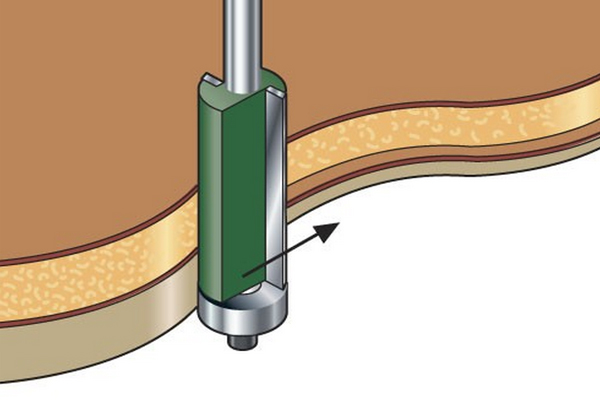 |
Self-guiding cutters come with a ball bearing or pin guide, which is designed to run against the edge of the workpiece, or against a template mounted above or below it.
This allows the cutter to follow a curved edge and avoids the need to use a side fence or parallel guide for straight edge work. |
|||
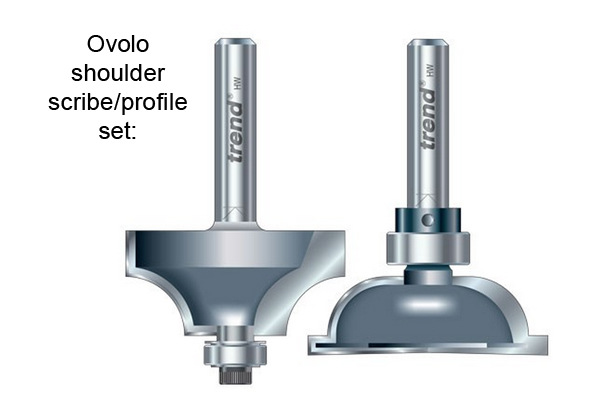 |
The precision afforded by ball bearing, or pin guided cutters is often critical when using interlocking or matched profile scribing cutters. |
|||
Router cutters with ball bearing guides |
||||
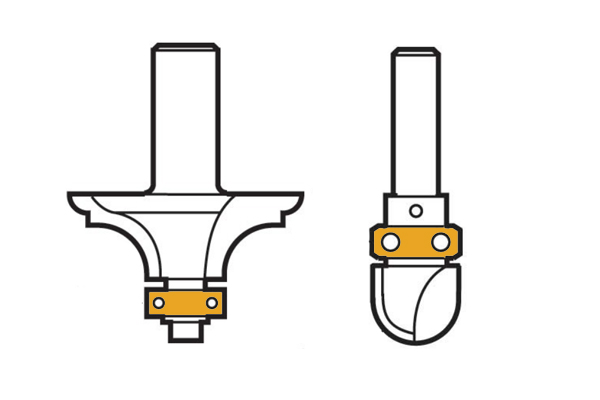 |
Ball bearing guides can be fitted to the cutter shank above the cutting edges, or on a spigot machined on the end or nose of the cutter. They are generally held in place by either a socket headed screw or hexagonal nut.  |
|||
The advantages and disadvantages of router cutters with ball bearing guides |
||||
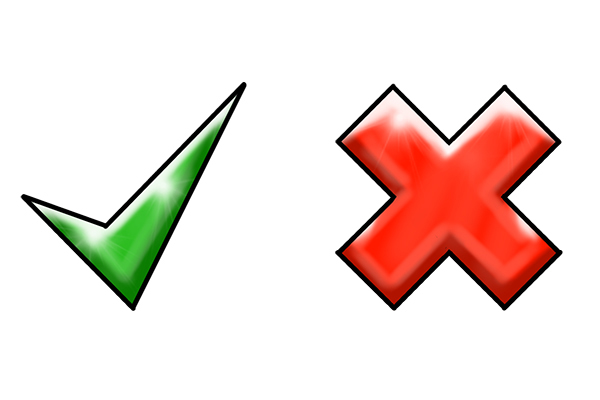 |
ADVANTAGES |
|
DISADVANTAGES |
|||||
|
|
|||||||
Router cutters with pin guides |
||||
 |
Pin guides consist of a cylindrical metal section fixed to the end of the cutter. They are used in similar applications as bearing guided types, yet are less versatile, due to the fact that they cannot be replaced with larger or smaller pins. |
|||
The advantages and disadvantages router cutters with pin guides |
||||
 |
ADVANTAGES |
|
DISADVANTAGES |
|||||
|
|
|||||||
Which one should you choose? |
||||
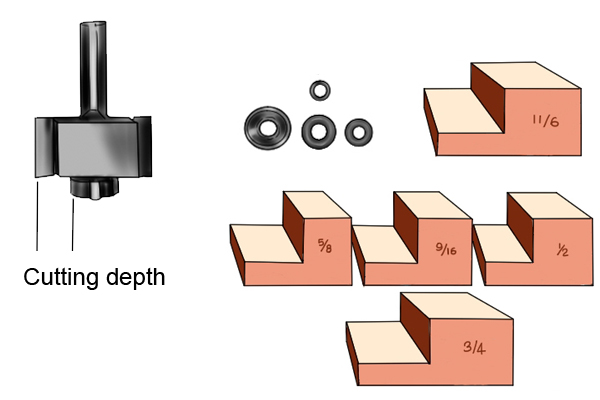 |
ball bearing guided cutters have an advantage over solid pin guided cutters, in that they are less likely to mark the material, and are more cost effective if you want to alter the cutting depth without using a side fence or similar guide.
Pin-guided cutters are useful for very intricate curves. |
|||
 |
||||
Should you clean a guide pin or bearing on a router cutter? |
||||
Cleaning a guide pin |
||||
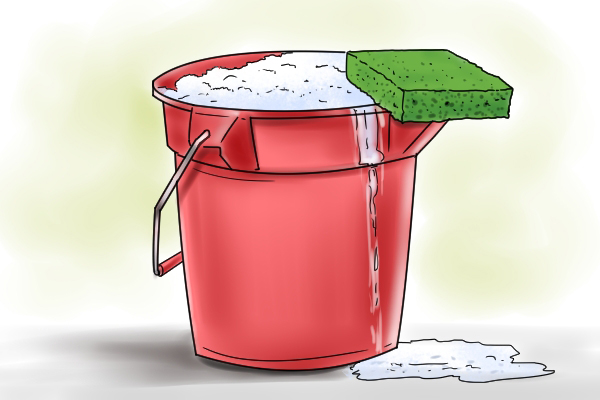 |
A guide pin can be cleaned in much the same way as the bit itself.
You should also check for any nicks or dents in the surface of the pin, as these could be transferred to your workpiece. |
|||
Cleaning a guide bearing |
||||
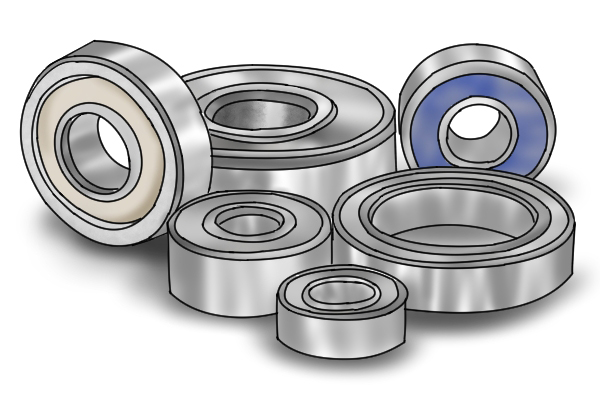 |
You should never attempt to clean the guide bearing unless the manufacturer’s instructions specifically state that you can. This is because of the oil used on them to ensure they can move smoothly. |
|||
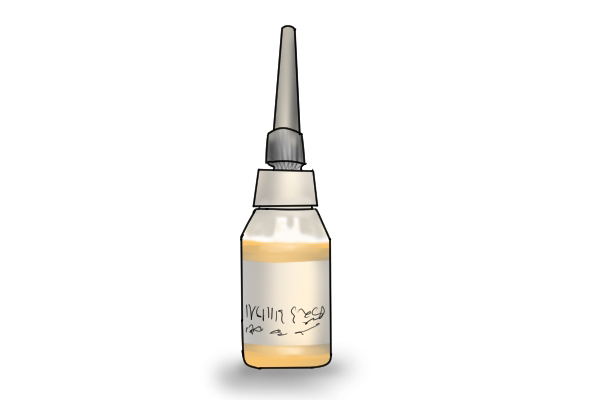 |
If you see any chips of material which may be stopping the bearing turning freely, then you can remove these, but you should not attempt to dismantle or re-oil the bearing itself.
This is because the ball bearings inside the guide will have already been coated lightly with oil. Adding more could overload the bearing and prevent it from working properly. Applying a solvent could dissolve the grease altogether. |
|||
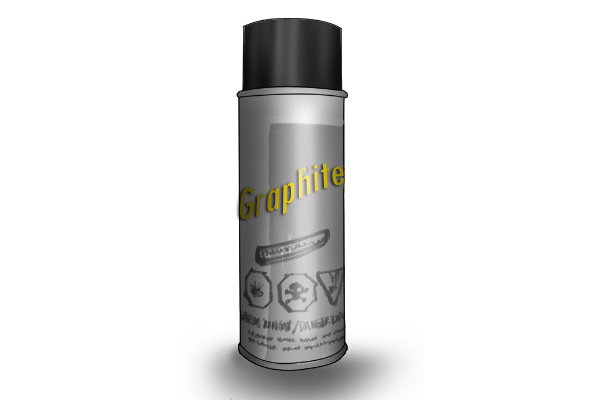 |
If you notice that the bearing has become stiff and will not turn smoothly, you can apply a very light coating of dry lubricant spray designed for use on router bits. |
|||
 |
||||







